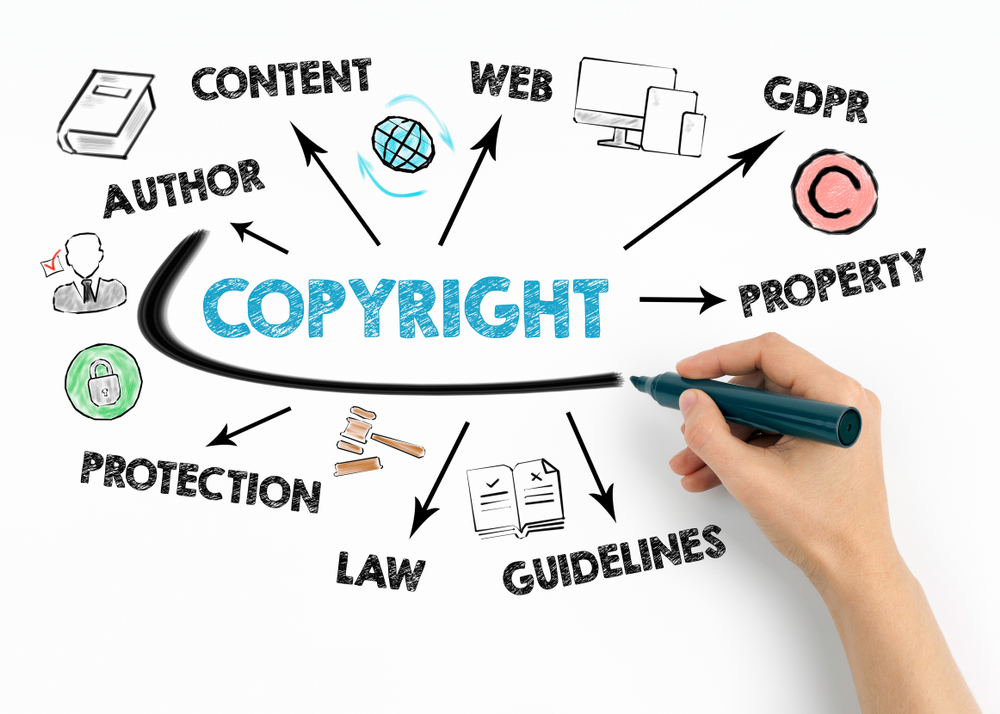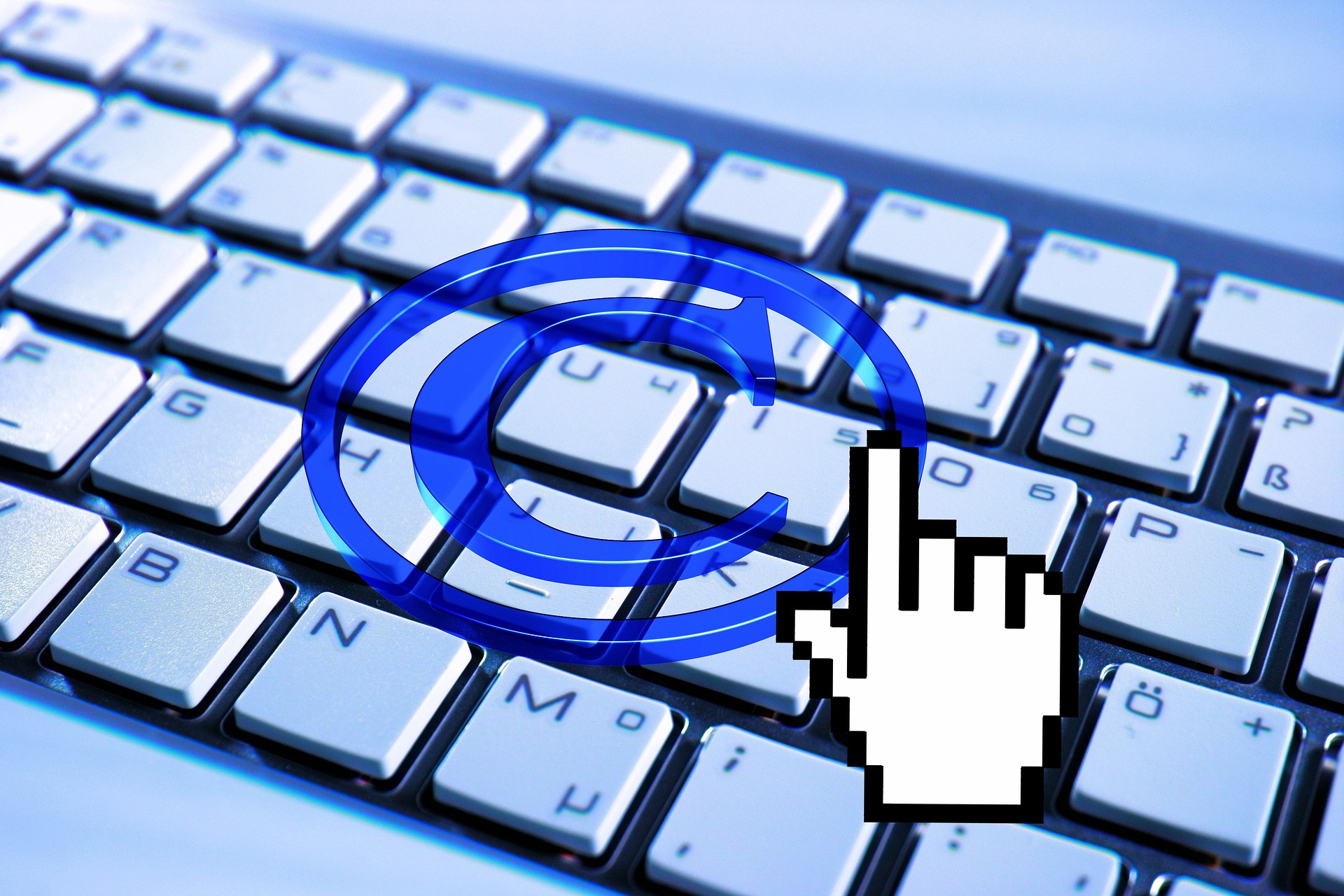Getting to grips with online image copyright is no small task. It can be an incredibly complicated topic, and understanding all the intricacies of this internet minefield is not easy. At its extreme, lawyers are easily involved in disputes, and as such, it’s not a topic to take lightly.
As a content creator, it’s essential to have the ability to protect images or artworks that you’ve created properly. It’s also vital to understand which images you can copy off the web, use as is, or make edits using tools like background remover, image editor, etc., to create new content.
It’s quite easy to get lazy and neglect copyright issues. Particularly in social media domains, when huge amounts of content are generated and shared all the time. Losing track of what you can and cannot use and how you can use it becomes a little blurry if you don’t have a solid understanding of copyright laws.
To make sure you don’t overstep the boundaries of copyright and fair use, you need to understand the following principles and how they apply.
Copyright Symbol
The © symbol is everywhere; it’s on images, logos, writing, products, and adverts. The question is, what does this really mean, and when and how does it apply?
The US Copyright Office has this to say on copyright: “Copyright is a form of protection grounded in the U.S. Constitution and granted by law for original works of authorship fixed in a tangible medium of expression. Copyright covers both published and unpublished works.”
The fascinating thing is that any content that is personally created, whether it’s a written piece of work on a blog, a social media post, or an image, is automatically protected by copyright. It becomes the individual’s own property immediately. For anybody to use or manipulate the work, they need to look carefully at any copyright rights that are in place around this piece of work.

Can Anyone Use The © Symbol?
In terms of US copyright, it is completely voluntary whether a creator decides to place the symbol on any of their work. Because copyright is automatic, any creator will automatically have copyright rights for their work.
Placing the © symbol is completely up to them.
However, where the intricacy comes in is if a matter ever goes to court, or at least if a copyright lawsuit is ever filed. In order for this to proceed, a creator must formally register their work. Details around this can be quite complicated, but guidelines are available in terms of how to approach this.
What Does It Mean To Have Exclusive Rights?
Having exclusive rights is one aspect of copyright that really puts the control of the image in the hands of the creator. In addition, to put in place control over the use of content, rights exist in terms of distribution, and as such grants a certain level of control to the creator.
The US Copyright Act puts five specific rights in the hands of the creator. These rights are:
- To reproduce the copyrighted work
- To prepare derivations based on the original work
- To distribute copies of the original work via various means to members of the public
- To perform the copyrighted work in public forums
- To display the work in some form of public format
How To Know When You Can Use Another Person’s Work
The general recommendation is to always remember that you must receive some form of permission or authorization from the creator of the work to use their content. The safest option is to get this permission granted in writing. This gives you proof in case there are problems at a later stage.
The issue here is knowing whether you need authorization to use an image shared on the internet—whether on a social media platform, online portfolio, or any other web-based platform—or whether using the content is breaking copyright law. At this stage, fair use policies come into play.
Fair Use and Copyright
Fair Use is really about applying an exception to copyright rules, and about an exception to the limitation of usage rights.
Fair Use rules talk about the use of work for limited purposes without the explicit permission of the creator. However, this does not mean there can be a free-for-all of using all artwork.
Fair Use has quite specific limitations, and the rules around these are fairly complicated. The result is that Fair Use can be quite fuzzy at times, and so anyone using artwork without permission needs to err on the side of caution.

There are four main areas that govern Fair Use rules:
- The reason or purpose of the image use, which might include educational uses, reporting uses, or research uses.
- The manner of use of content and the nature of this use, such as public content or how much of it has roots in facts.
- The amount or the substantiality of its use, including aspects such as image resolution
- The effect of the market and whether the user is able to actually purchase or get a license for the content.

What Images Are Safe To Use?
To reach a conclusion of where to from here, remember the key rules and aspects mentioned in this article.
There are certain safe ways that images and content can be used. The obvious first option is to create your own images or to pay a photographer to take photos for you. The images then automatically belong to you. Alternatively, certain sites allow you to download free stock photos, and these photos will have their usage rights clearly indicated.
Other sites will allow you to purchase stock photos for varying prices. Often different prices will allow you different rights of use, so it is worth reading up on what the usage policies are and specifically what is included in your purchase.
If ever you are unsure whether it is safe to use an image, or there is uncertainty about what the rights are, rather play it safe. If in any doubt, get permission to use the content before you do anything with it. It is a far safer option and can save you costly headaches down the line.




